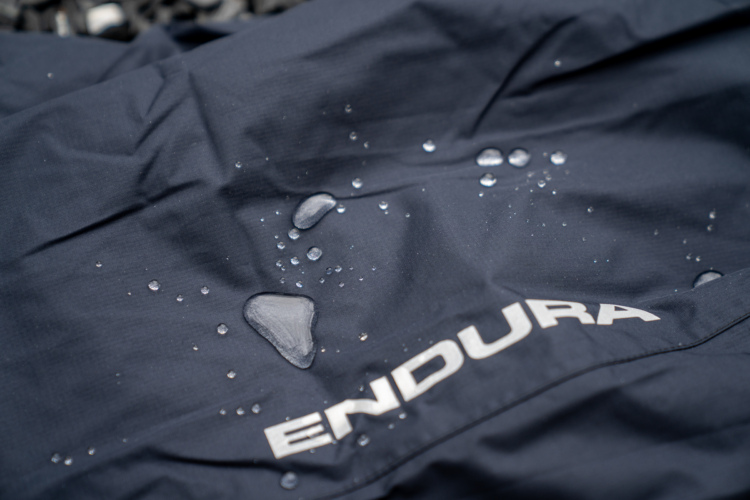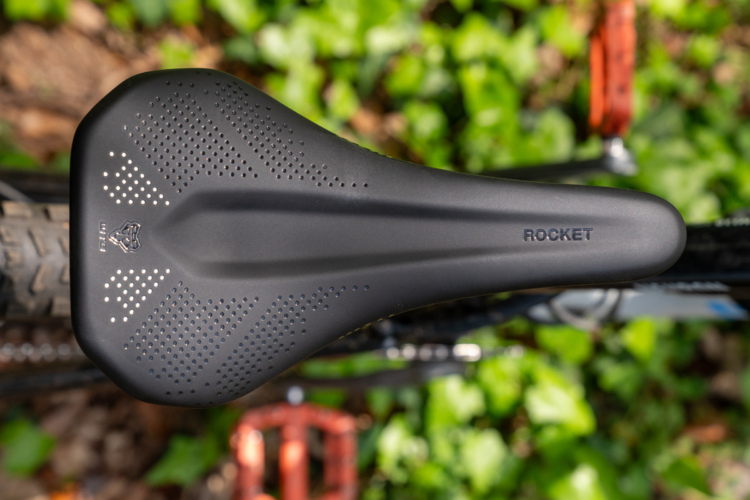
Depending on your state, getting that new rain jacket or pants may be more difficult. Customers who are prompted to “Buy Now” may see this message first: “This product is not available for purchase in CA or NY.”
The new year ushered in new regulations and restrictions for products containing perfluoroalkyl and polyfluoroalkyl substances (PFAS). New York and California have banned the sale of PFAS products altogether, and other states are considering more strict regulations and eventual bans.
What is the fuss with PFAS?
PFAS have a nearly 100-year history. German scientists first synthesized the chemicals in the 1930s. This eventually led to the discovery of polytetrafluoroethylene in 1938, a product better known as Teflon to the masses.
Just a few years later, in the 1940s, commercial production of products containing PFAS became commonplace in the US. PFAS have had a broad reach and are included in countless products, many of which you’ll currently find in your home.
Nonstick cookware, food packaging, furniture, carpets and rugs, shampoo, cosmetics, dental floss, and even the foam in fire extinguishers all contain PFAS. As you may have guessed from products like Teflon, these chemicals’ primary jobs are to repel liquids and grease.
Beyond everyday household products, PFAS are also found in many outdoor products containing a Durable Water Repellent (DWR) coating. This, of course, extends to much of the rain gear used on wet days on the trail—pants, jackets, shoes, and packs. Traditionally, DWR coatings have been made with PFAS to make water-resistant materials and help prevent their breakdown from body oils.
However, as more is learned about chemicals such as PFAS, they likely do more harm than good. PFAS are dubbed “forever chemicals” because they are prevalent in the environment and do not easily break down. Due to their persistence, PFAS are found in the blood of humans and animals worldwide and are linked to cancers, congenital disabilities, immune system issues, and reproductive issues.
As a result, states are now banning the sale of products with PFAS, with New York and California leading the charge.
New York and California’s Bills
New York Senate Assembly Bill A994 was introduced on January 12, 2023. Taking effect on January 1, 2025, the bill states that “…no person shall sell or offer for sale in this state any new, not previously used, apparel containing perfluoroalkyl and polyfluoroakyl substances as intentionally added chemicals.”
The bill distinguishes products that may have traces of PFAS due to the manufacturing environment from those “intentionally added.” Outdoor apparel, now restricted in New York, is one in which a product containing PFAS is intentionally used in manufacturing to create a water-repellent coating. This acknowledges that PFAS are present in some amount, but no “limits” have yet been established.
Bill A994 doesn’t include sale restrictions on what the state deems “outdoor apparel for severe wet conditions” until 2028. It also requires the state to establish a PFAS limit that will be allowed in new apparel, regardless of whether the PFAS present is intentionally or unintentionally added.
California Senate Assembly Bill 1817 similarly prohibits “…any person from manufacturing, distributing, selling, or offering for sale in the state any new, not previously owned, textile articles that contain regulated PFAS….” Sales restrictions on outdoor apparel with PFAS in California also took effect on January 1, 2025.
Unlike New York, California’s bill also includes manufacturing products with PFAS. It also sees similar regulations for severe wet-condition apparel, but it will require such apparel to be labeled “made with PFAS chemicals” until 2028, when the restrictions will extend.
Other states, like Colorado, have also enacted restrictions and bans. Beginning in 2025, the state requires severe wet conditional apparel with intentionally added PFAS to have a “made with PFAS chemicals” label. This restriction will continue until 2028, when new regulations will ban these products altogether.

What are brands doing?
Fortunately, many brands have recognized the harm of PFAS and have worked to eliminate them from their offerings. This is easier said than done, as the alternative materials must perform at least as well as previous PFAS products. The brands we spoke with all had this expectation, emphasizing that this product change was years in the making.
For brands like Patagonia, it has meant working on PFAS alternatives for the last 15 years. New materials used by Patagonia are just as effective in repelling water but less effective at repelling oils. This change comes with a fairly simple solution — wash (mild detergent) and dry (tumble low) your Patagonia gear.
In 2019, Patagonia announced its first products using DWR coatings without intentionally adding PFAS. Fast-forward to the present day, and the brand will manufacture all new products without intentionally adding PFAS.
Other brands have also been working to transition to PFAS-free products. In an email, Anne Weir, Rapha’s Material Developer, told us that Rapha has worked for several years with GORE to develop PFAS-free products. These products were seen in releases dating back to 2023 and were foundational to Rapha’s goal of being PFAS-free in 2025.
Yet, we still hear of brands making adjustments and see products that are not available in New York and California. Brad Menna, Category Manager at 45NRTH, told us that the difficulty is the overlap of new and old products.
“The real challenge is with older product(s) that may contain PFAS mixed in with new ones. There’s a fair amount of effort to identify these older models and work through the mechanics of selling it within the framework of PFAS laws,” Menna told Singletracks over email. 45NRTH is also PFAS-free moving forward.
However, “this product is not available for purchase in CA or NY” is still a common notification on many websites. Rapha, GORE, and 45NRTH all have some products available for sale with this notification. For many brands, the difference seems to be when they started working toward being PFAS-free.
For brands like PEARL iZUMi, it is business as usual. The company has been ready for this change for a few years. “These new restrictions don’t impact us because we’ve been 100% PFAS-free for years,” Lani Benson, Product Line Manager at PEARL iZUMi, told us via email. “Sustainability is a huge part of who we are as a brand, so making the switch early on was an easy decision.”
The brand has been PFAS-free since 2022. Not only does PEARL iZUMi believe more states will soon follow the example set by New York and California, but it is also seeing more strict regulations in European markets.
Whether due to new legislation or wanting to reduce environmental impacts, or both, outdoor brands are ditching PFAS materials. While your favorite jacket may be “currently unavailable” depending on your residence, a PFAS-free version is likely on the way — it just may take some time.





















3 Comments
Feb 19, 2025
Feb 20, 2025
Feb 19, 2025